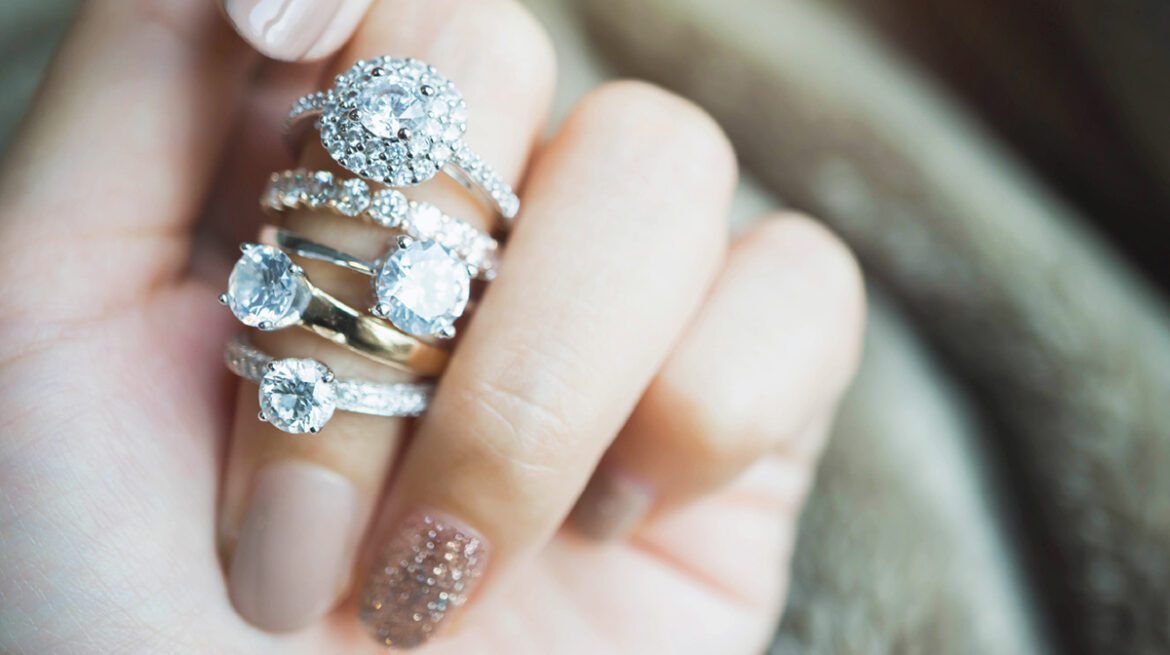An enduring symbol of love and promise, the engagement ring has journeyed through centuries—shaped by the values, artistry, and desires of each era. What began as a simple band of braided grass or iron has become a luxurious canvas for self-expression, craftsmanship, and emotional storytelling. The evolution of the engagement ring reflects not only changes in fashion but the ever-shifting ideals of commitment and identity.
The tradition traces back to ancient Rome, where iron rings were exchanged as tokens of fidelity. By the Middle Ages, gold had replaced iron, and the use of gemstones—particularly sapphires and rubies—began to emerge among nobility. It wasn’t until 1477, however, that the diamond made its first symbolic appearance when Archduke Maximilian of Austria presented a diamond ring to Mary of Burgundy. This historic proposal set a precedent for aristocracy across Europe and ignited the diamond’s rise as the gem of devotion.
The Victorian era brought romanticism to the forefront, with rings often crafted in ornate settings featuring seed pearls, colored gemstones, and floral motifs. Gemstones were cut in styles popular at the time, such as the rose cut—a flattened dome with triangular facets—valued for its soft sparkle under candlelight. The old mine cut, with its rounded corners and smaller table, also appeared during this period. These cuts were less brilliant by today’s standards but perfectly suited the era’s intimate and handcrafted aesthetic.
The Edwardian period that followed introduced intricate filigree designs and platinum settings, celebrating technical innovation alongside aesthetic delicacy. The old European cut gained popularity here—a predecessor of the modern round brilliant, it featured a smaller table and a higher crown, producing a mysterious, romantic glow.
The early 20th century ushered in the Art Deco movement, with its geometric and symmetrical designs influencing both ring settings and diamond cuts. The emerald cut, characterized by its long, rectangular shape and step cuts, rose to prominence during this era. It offered a sleek, architectural look that contrasted the round brilliant’s softness. The Asscher cut, a square cousin of the emerald, was also favored for its vintage appeal. Meanwhile, less conventional shapes such as marquise, pear, and heart cuts began to make appearances, often chosen for their unique silhouettes and symbolic meanings.
Post-World War II, the round brilliant cut firmly established itself as the preeminent diamond shape, favored for its maximum sparkle and versatility in solitaire settings. The 1947 De Beers campaign, “A Diamond is Forever,” cemented this trend globally. Still, the 1950s and 60s welcomed the baguette cut as popular side stones, lending an understated elegance and complementing center stones without overpowering them.
The 1970s and 80s saw experimentation and boldness, with larger carat sizes and yellow gold settings coming back in style. During this period, marquise cuts—designed to maximize perceived size—and princess cuts—a brilliant square cut introduced in the late 1970s—gained popularity. Meanwhile, cuts like the rose and old mine fell out of favor, considered outdated or less flashy by the standards of modern brilliance.
In recent decades, there has been a renaissance of vintage cuts, with collectors and couples seeking out old mine, old European, and cushion cuts for their character and nostalgic charm. At the same time, the princess cut and oval shapes have surged in popularity due to their blend of brilliance and modern appeal. On the other hand, some cuts remain niche or less favored, such as the radiant cut or certain fancy shapes, which appeal more to personal taste than widespread trend.
Today, the engagement ring is a celebration of individuality. Modern couples increasingly opt for bespoke creations that blend heritage with innovation—choosing colored stones, mixed metals, and sustainable options. The diamond cut is a critical expression of personal style, with many favoring cuts that reflect light differently, such as the oval’s elongation or the cushion cut’s soft sparkle. Meanwhile, unique shapes like the marquise or pear are chosen by those seeking to stand apart.
Luxury now transcends carat weight or clarity alone; it’s found in craftsmanship, personalization, and emotional resonance. A ring is not merely a jewel, but a story: of two people, their shared values, and their future.
From ancient betrothal symbols to contemporary masterpieces, the engagement ring continues to sparkle not just with light, but with legacy. Its enduring allure lies in its ability to evolve—each piece a moment captured in time, refracted through love.

